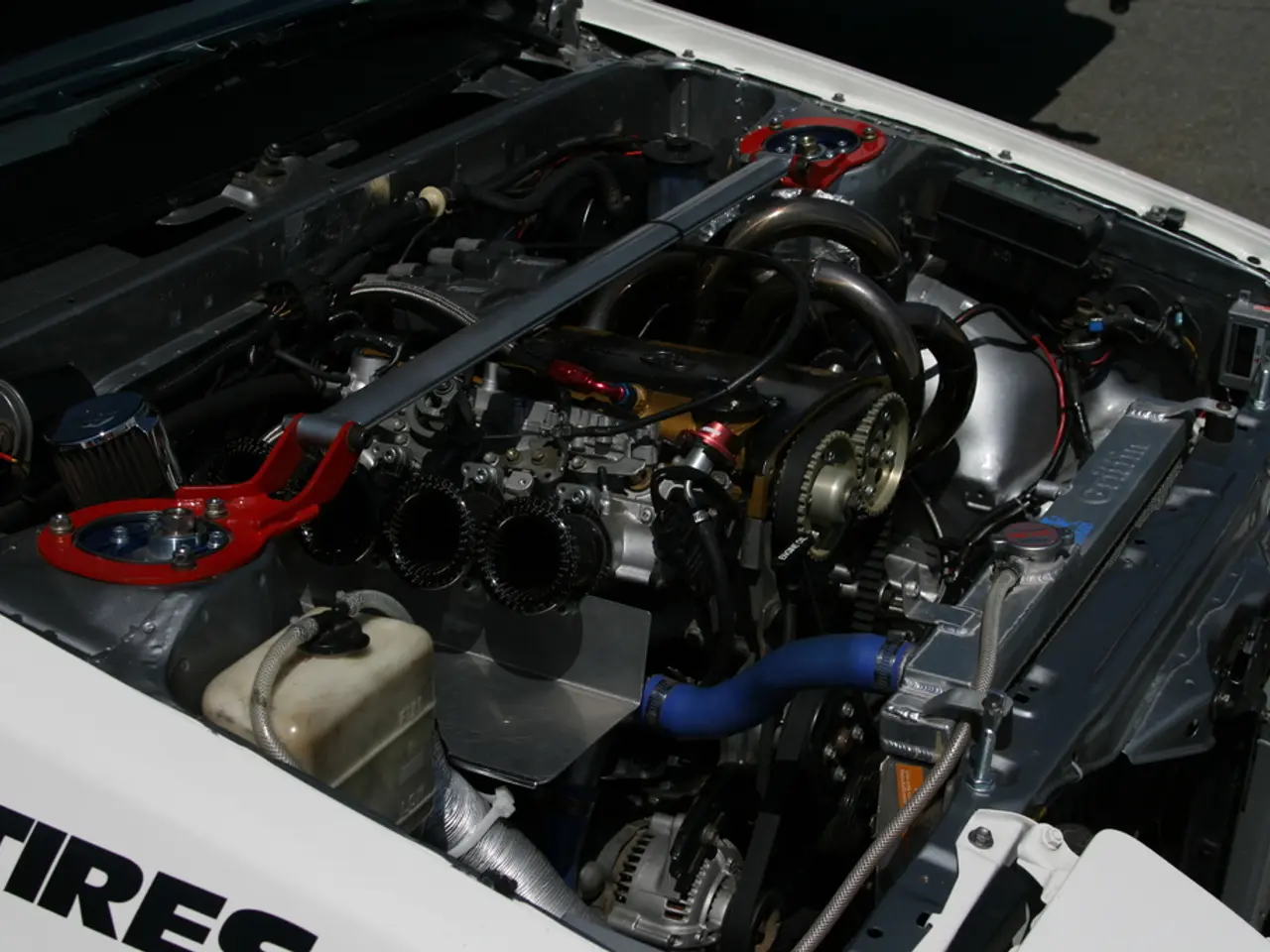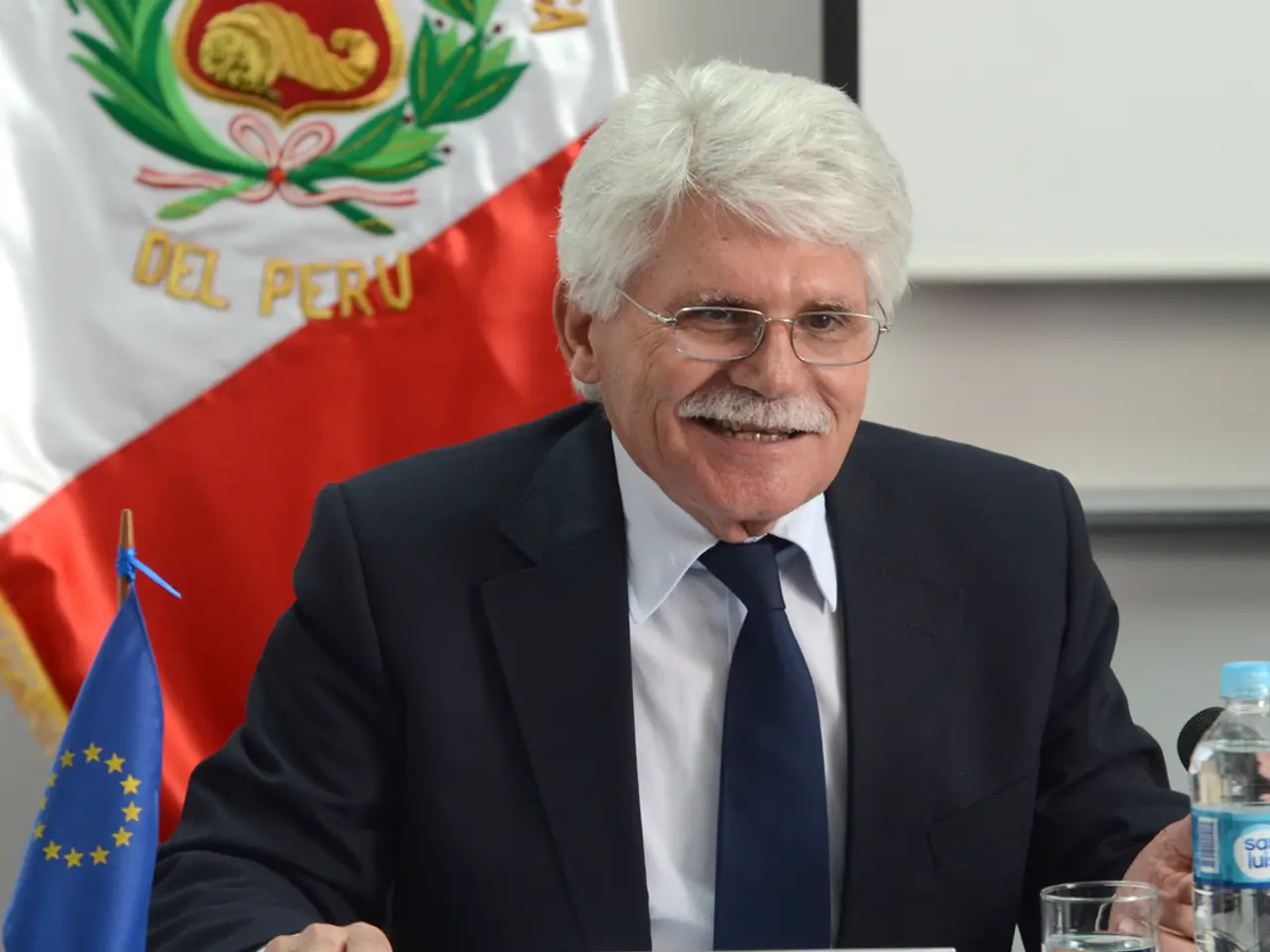Successful Verification of Solid-State Batteries by Stellantis and Factorial Energy
In an exciting development for the electric vehicle (EV) industry, Stellantis and Factorial Energy have made significant strides in solid-state battery technology. The partnership between the two companies is set to revolutionise EVs, offering substantial improvements in range, charging speed, safety, and manufacturability.
## Current Status
In April 2025, Stellantis and Factorial Energy announced the validation of automotive-sized solid-state battery cells with an energy density of 375Wh/kg. These batteries, using Factorial’s proprietary Factorial Electrolyte System Technology (FEST), can charge from 15% to over 90% in 18 minutes at room temperature, have discharge rates up to 4C, and demonstrate durability over 600 charge cycles.
Factorial has introduced Gammatron™, an AI tool that accelerates solid-state battery development, reducing validation times from months to weeks and improving cycle life through optimised charge protocols. The cells operate reliably from -22°F to 113°F, making them suitable for extreme climates. Stellantis invested $75 million in Factorial in 2021, and the partnership is targeting the rollout of a demo fleet of Charger Daytona EVs powered by Factorial’s solid-state batteries by 2026.
## Potential Impact on the Electric Vehicle Market
The 375Wh/kg energy density and fast charging capabilities could substantially improve the range and reduce charging times for next-generation EVs, addressing two of the main consumer concerns with current lithium-ion batteries. Solid-state batteries are inherently safer than conventional lithium-ion batteries and can withstand more charge cycles, potentially reducing long-term ownership costs and increasing consumer confidence in EVs.
Factorial’s technology is designed for scalable manufacturing, using existing battery production facilities with minimal modifications, which could speed up time to market and lower production costs. The collaboration puts Stellantis at the forefront of battery innovation, potentially allowing it to offer superior EVs ahead of competitors still relying on traditional battery chemistries. The companies expect the addressable market for EV battery sales to reach $250 billion by 2040, with Factorial aiming to capture a share of this rapidly growing sector.
## Summary Table
| Feature | Factorial/Stellantis Solid-State Battery | |---------------------------------|-----------------------------------------| | Energy Density | 375Wh/kg | | Fast Charging | 15–90% in 18 minutes | | Charge Cycles | 600+ | | Temperature Range | -22°F to 113°F | | Discharge Rate | Up to 4C | | Manufacturing Scalability | Uses existing facilities | | Commercialization Timeline | Demo fleet by 2026 |
The collaboration between Stellantis and Factorial may very well help set the standard for the next era of electrified mobility. With the potential to offer longer ranges, faster charging, enhanced safety, and scalable manufacturing, the future of EVs looks promising indeed.
- The partnership between Stellantis and Factorial Energy, as a result of their significant advancements in solid-state battery technology, is poised to redefine the automotive industry, particularly the electric vehicle (EV) sector.
- The solid-state batteries developed by Factorial, focusing on the automotive industry, are anticipated to demonstrate notable improvements in various aspects, such as energy density, charging speed, safety, and manufacturability.
- As the electric vehicle market evolves, the collaboration between Stellantis and Factorial may address crucial consumer concerns, like range anxiety and long charging times, by providing next-generation EVs with substantial improvements in energy density and fast charging capabilities.
- The success of Factorial's solid-state batteries, with their potential to lower long-term ownership costs and increase consumer confidence in EVs, could bolster the technology's position in the finance sector by capitalizing on the rapidly growing electric vehicle market that's estimated to reach $250 billion by 2040.




